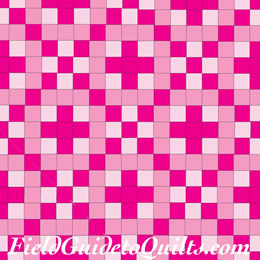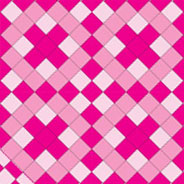| FieldGuidetoQuilts.com | |
 |
Grid blocks |
Shortcut: Click on a small icon to skip to that block's information.
Squares & Stripes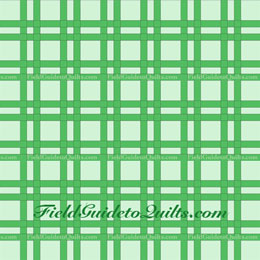 Squares & Stripes Squares & Stripes
 Squares & Stripes Squares & StripesStone, 1906This 12x12-grid block was No. 150 in Clara Stone's Practical Needlework (1906). | |||
Bradford 9 Patch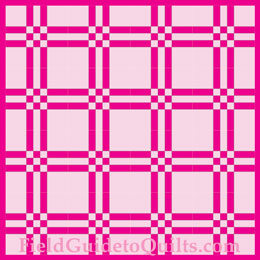 Bradford 9 Patch Bradford 9 Patch
 Bradford 9 Patch Bradford 9 PatchPage, 1941 Designer Nancy Page produced this block for the Birmingham News in 1941. Despite its kinship to True Lover's Knot (below), it looks entirely different in a group setting. We've surrounded it with a border on our mockup. | |||
True Lover's Knot                True Lovers Knot (10x10) True Lovers Knot (10x10)                 True Lovers Knot (12x12)  True Lovers Knot True Lovers Knot12x12 Stone, 1906  True Lovers Knot True Lovers Knot10x10 The Dressmaking Book, 1929 The version of True Lover's Knot at left, which is drawn on a 12x12 grid, is credited to Woman's World Magazine in both Brackman's Encyclopedia and Yvonne Khin's Collector's Dictionary of Quilt Names and Patterns; Brackman adds that publication was in 1931. True Lover's Knot was also drawn on a 10x10 grid in The Dressmaking Book (1929), according to Jinny Beyer's Quilter's Album. It surprises us how different they look as whole quilts. | |||
Five PatchStone, 1906 Puss in the Corner/New 9-Patch The Ladies Art Company's block #82 apparently had no other name than Five Patch until the Gutcheons published it as Puss in the Corner in The Perfect Patchwork Primer in 1973. For the record, it's a nine patch, even though it's laid out on a 9x9 grid, unlike the basic nine-patch, which on a 3x3 grid. New 9-Patch came along in 1980, in a book by Jinny Beyer. | |||
Diamonds in the Corners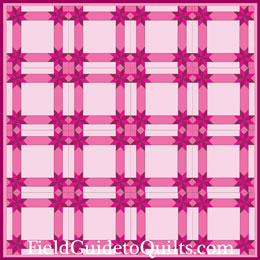 Diamonds in the Corners Diamonds in the Corners
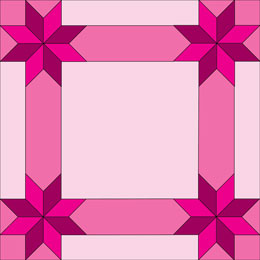 Diamonds in the Corners Diamonds in the CornersGeneva Fox KCS, 1956  September 1956 was when this block appeared in the Kansas City Star. A reader, Geneva Fox of Wewoka, Oklahoma, sent it in. September 1956 was when this block appeared in the Kansas City Star. A reader, Geneva Fox of Wewoka, Oklahoma, sent it in. Wewoka has historical interest. It was founded in 1843 by the children of Creek Indians and Black Seminoles, escaped slaves who had joined the Seminole Indians of Florida. Later, almost all the Seminoles were forced to move there. More on that here. Fewer than 3,500 people found Wewoka interesting enough to live there in 2010, but it's still home to the HQ of the Seminole Indian Nation and the county seat of Seminole county. A self-described homemaker, Ms. Fox could have been 18 or 80 in 1956. However, experience tells us that as you go to smaller and smaller towns, people talk more and more about less and less. If Ms. Fox ever lived in Wewoka, somebody remembers her. If she ever dropped a pie plate in public, somebody remembers that too. If you're one of those people, drop us a line here The block is on a star grid, aka polar grid, like Swallows in the Window, above, and Jackson Star, below. We've posted a diagram. Click the "Make it!" icon above. *Our source for Wewoka history is the Encyclopaedia Britannica. If we'd used American sources, we would've been working on this block for another two weeks -- there are just too many colorful and tragic details in Seminole history that we'd have to leave out. Did you know the Seminoles were one of the Five Civilized Tribes? Did you know that the town of Bowlegs was named after a Seminole warrior? Ever heard of a barking waterfall? See what we mean? | |||
The Rosebud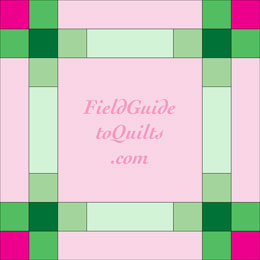                The Rosebud The Rosebud
 The Rosebud The RosebudKansas City Star 1942 The Star credited this 1942 block to Eunice Turner of Fowler, Kansas. It's a nine-patch. While it's named Rosebud, and (with our choice of colors) it looks as if there are four rosebuds facing into each corner, the rose motif vanishes in a whole quilt. That's why it's on this page instead of among the flowers in our Other section. | |||
Roman Cross                Roman Cross in three colors Roman Cross in three colors
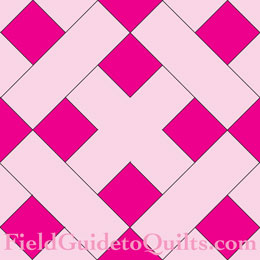 Roman Cross Roman CrossLAC, #364 1897                 Roman CrossWe owe this block to the Ladies Art Company; it's the LAC's #364, and it's based on an 8 x 8 grid. The strange feature of this block is the X shape in its center, which could be made of five squares, but isn't. As a result, making it requires Y seams. If you are among the quilters who are scared of Y seams, just make the entire block out of square pieces and don't tell anybody. Better yet, if it's in three colors, tell them it's a Casement Window. We can't see any difference aside from one being on point and the other off.
| |||
King's Crown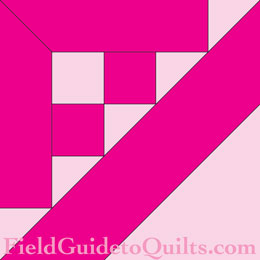                King's Crown King's Crown
                         King's Crown (McKim layout) 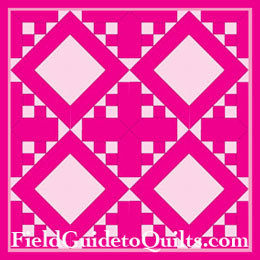 King's Crown King's Crown King's Crown King's CrownStone, 1906 John's Favorite/Old King Cole's Crown King's Crown was actually the second name for this block, which was called John's Favorite in Clara Stone's Practical Needlework (1906). King's Crown is more memorable, it seems to us, so that's what we call it. It was published 22 years after Stone's, in the Ladies Art Company's LAC's 1928 catalog, as No. 516. The same block was Ruby McKim's brainchild for a 1929 Kansas City Star column. She called it Old King Cole's Crown. By any name, the block comes into its own when it is placed in groups of four with each block rotated a quarter-block from its neighbors. McKim had a different idea: "Grouped for a quilt top they form a more intricate pattern if the position of every other one is reversed, then set together in a diagonal checkerboard plan with alternating white squares." Her version was in gold, red, and white. We've tried to reproduce her plan in a whole-quilt mockup. | |||
Nauvoo Lattice & Victorian Maze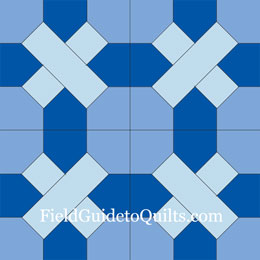 Nauvoo Lattice Nauvoo LatticeCabot, 1937 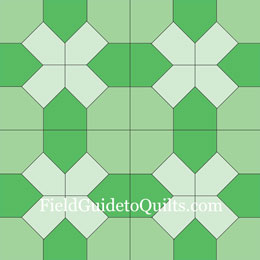 Victorian Maze Victorian MazeCabot, 1937 Nauvoo, Illinois is significant to members of the Church of Jesus Christ of the Latter Day Saints, or Mormons. The church's founder, Joseph Smith, and his followers settled there in 1840, but after Smith was killed by a mob in 1844, the church and its members moved on. In 1937, however, Mormons began repurchasing the Illinois land on which the Nauvoo Temple once stood. The process began in February, but was reported in a newspaper only in October, months after Cabot's choice of a block name. Another mystery is why Cabot presented a near-identical block in May 1937 and called it Victorian Maze. Maybe it had nothing to do with Mormons at all. We've arranged the colors at above to show the differences in seam lines. Both blocks are based on a 12-square by 12-square grid. | |||
 |
|||








